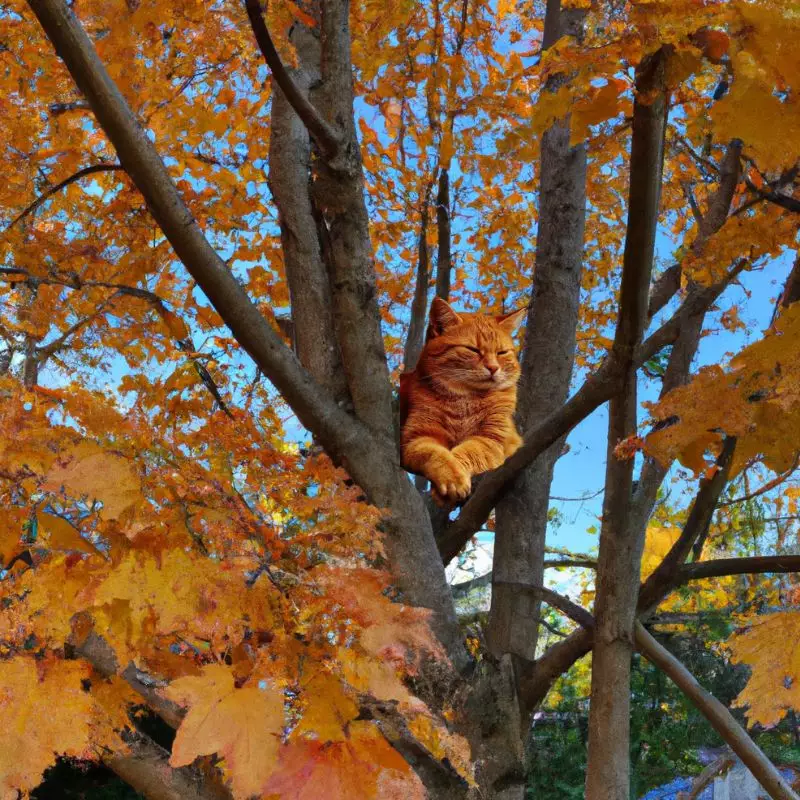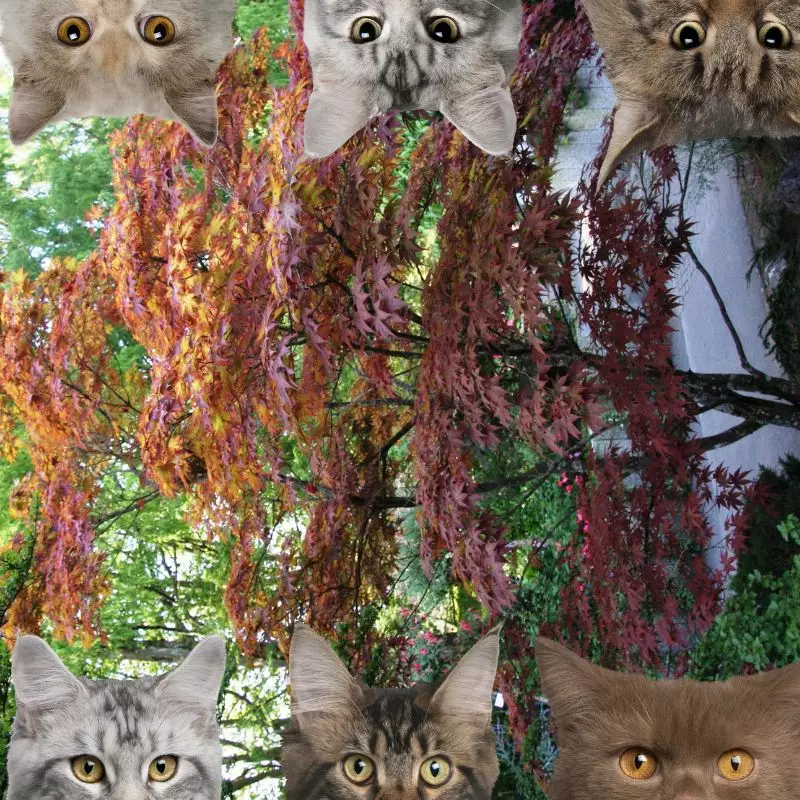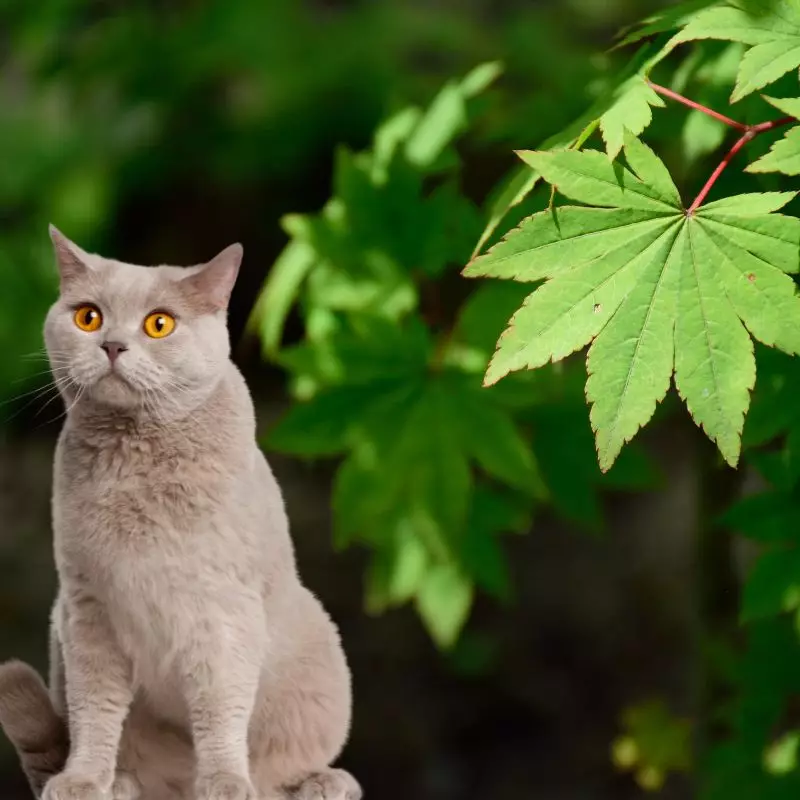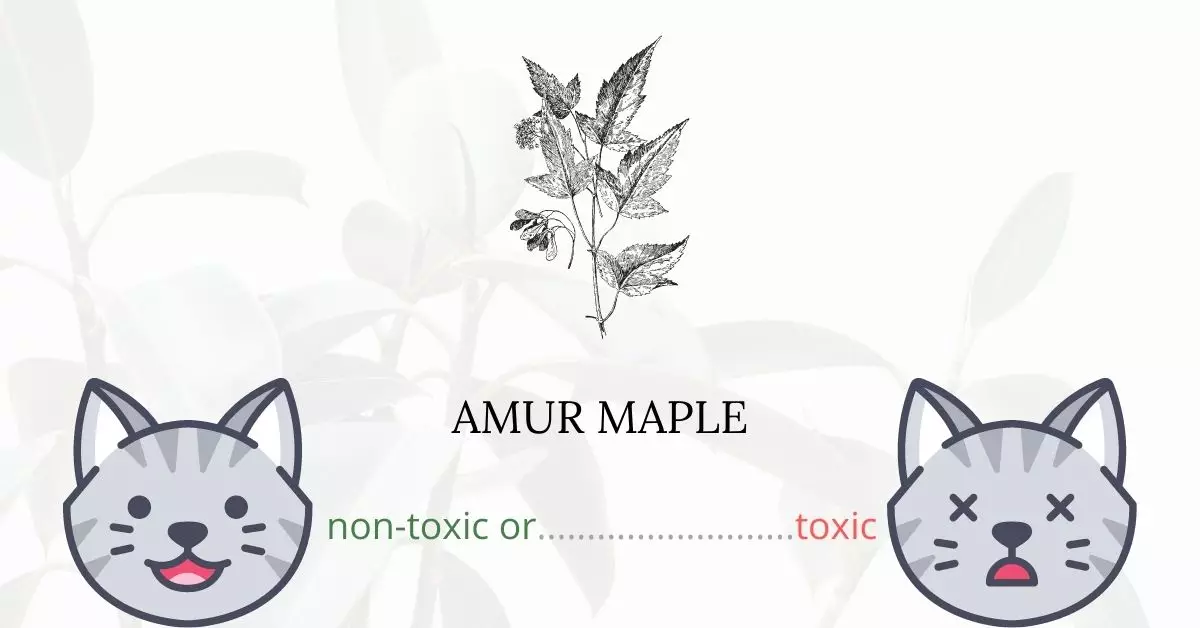Amur maples are indeed safe for cats, presenting no toxicity or harm to our feline friends, according to comprehensive research and conclusive evidence provided by the American Society for the Prevention of Cruelty to Animals (ASPCA) Poison Control Center. Additionally, the plant poses no risks to dogs or horses, verifying its non-toxic properties across various animal species.
This article is the product of collaborative efforts with a team of esteemed Doctors of Veterinary Medicine (DVMs) who, through their expertise and contributions, have enabled us to provide accurate, reliable, and the most current information regarding the potential risks of various plants, including Amur Maple, and their impacts on cats. Furthermore, our research is augmented by information gathered from high-authority websites such as ASPCA and PetMD, ensuring that every detail provided on each plant is both precise and trustworthy.
While the information available confirms the non-toxic nature of Amur maples, it’s crucial to note that this does not imply cats can consume excessive amounts of the plant without any repercussions. Responsible supervision is still necessary to prevent any undesirable effects due to overconsumption, such as gastrointestinal discomfort. Keep an eye on your cats’ interaction with any plants to ensure their well-being and safety.
Can Cats Eat Amur Maple?

If your cat licked or nibbled on any amur maple portions, he or she may not require immediate medical attention. Consuming large amounts of plants, however, can induce gastrointestinal upset in your cat, including vomiting and diarrhea. This is a temporary illness though as the cat will eventually get better once the plant materials were out of his system.
If chemicals such as fertilizers and insecticides were also used in amur maple, it can also affect your cat particularly if they have eaten a portion of the plant.
It’s also worth noting that because cats are carnivores, they lack the enzymes needed to digest plant matter in their stomach. As a result, if they consume too many plants of any type, they will experience digestive problems.
What is Amur Maple?

Amur maple, scientifically known as Acer ginnala, is a Sapindaceae (soapberry) family deciduous tree or big shrub. Pruning can successfully modify the form to meet landscape requirements, ranging from multi-stemmed to single-trunked. It grows to be 15 to 20 feet tall and 15 to 30 feet broad at maturity, with several stems. rounded crown and trunk.
This small maple with deciduous leaves are native to northeastern Asia. Because of its spectacular foliage and fruits in the fall season, Amur maples are utilized as attractive plants or trees in patios and parks throughout northern Europe and North America.
They may be also utilized as a great privacy screen on decks and patios and blend into practically any landscape because of their short and modest size. They may be trimmed and utilized as hedges as well. They produce excellent bonsais and are ideal for xeriscaping.
Keeping Cats Away From Amur Maple

Train your cat to keep away from plants as much as possible, especially those plants that are foreign to you. To keep your cats away from your amur maple hedges in your patio or yard, consider using aluminum foil. Cats hate the smell and feel of aluminum foils.
Plants to Avoid For Your Cats
If you are a cat owner and unsure if the plants growing in your yard are harmful to your cats, check out this list of toxic plants for cats. You can also check our list of non-toxic plants for cats.





